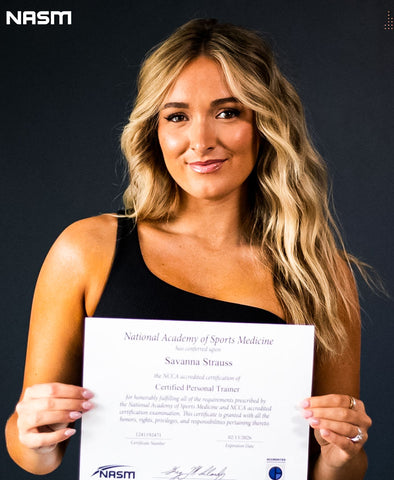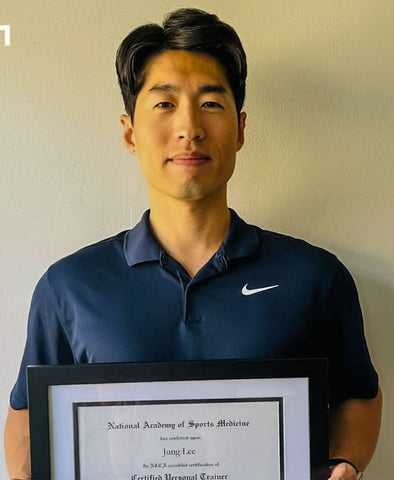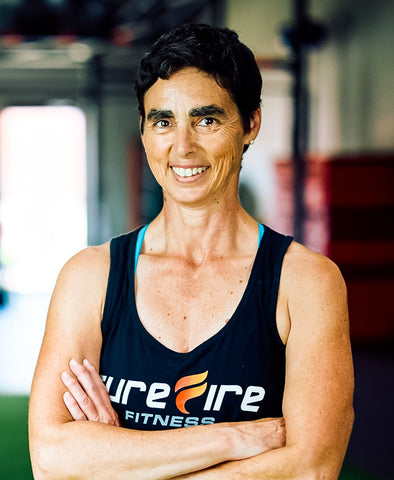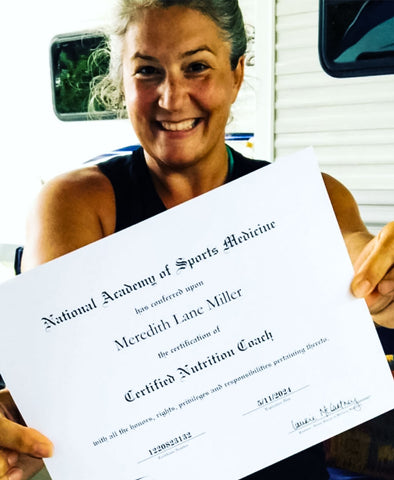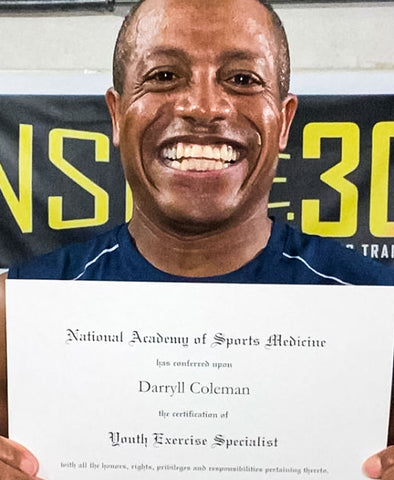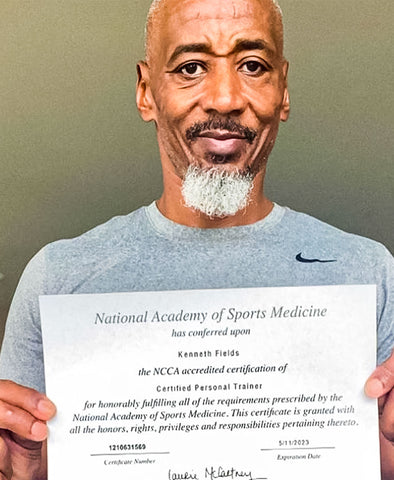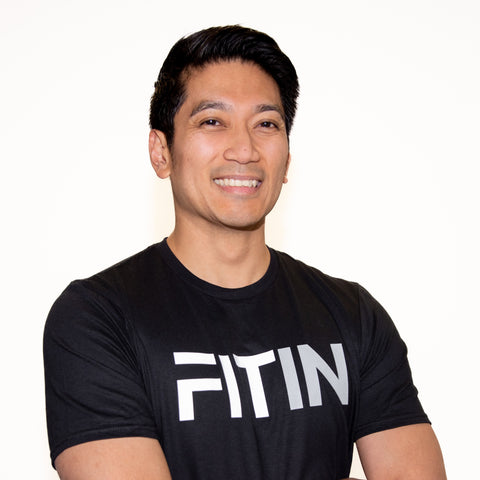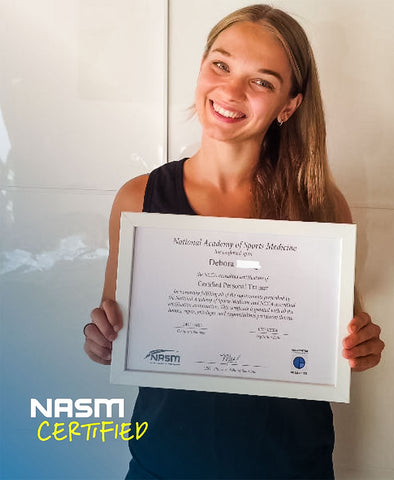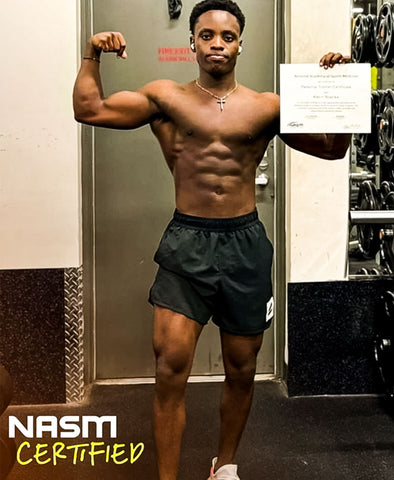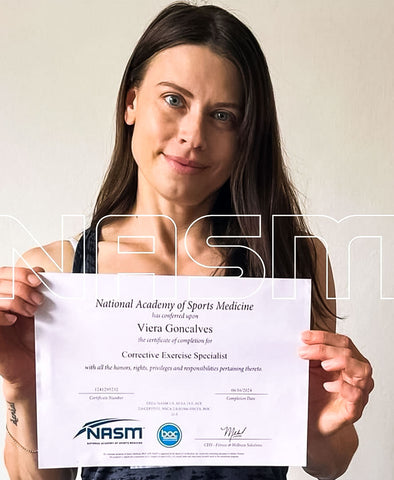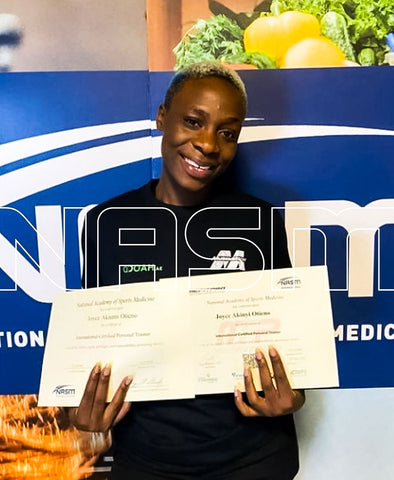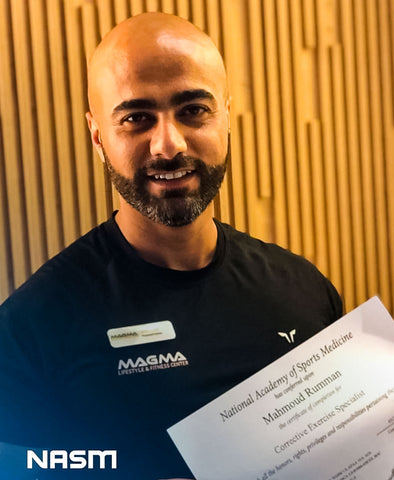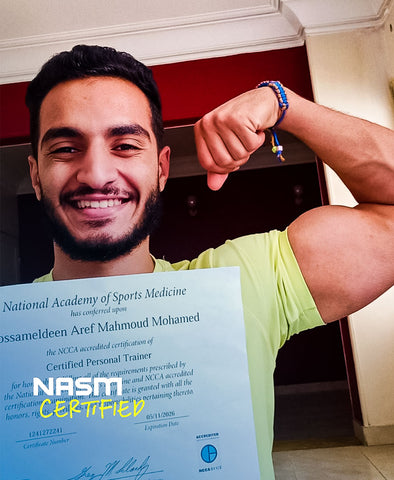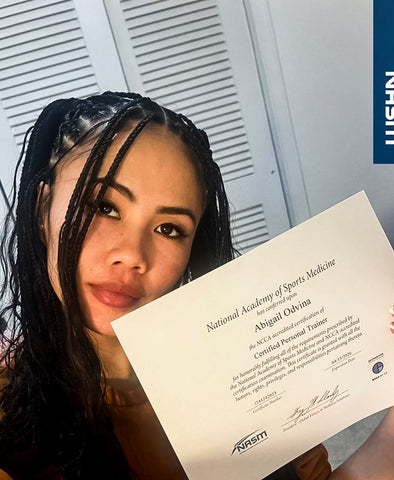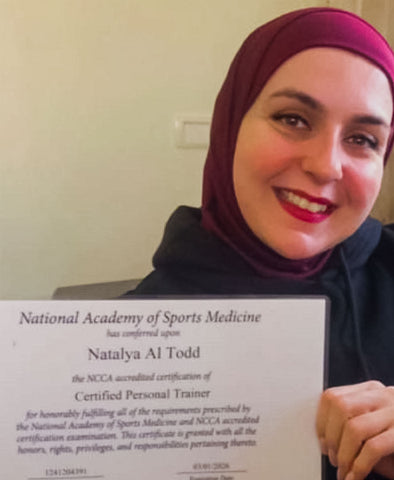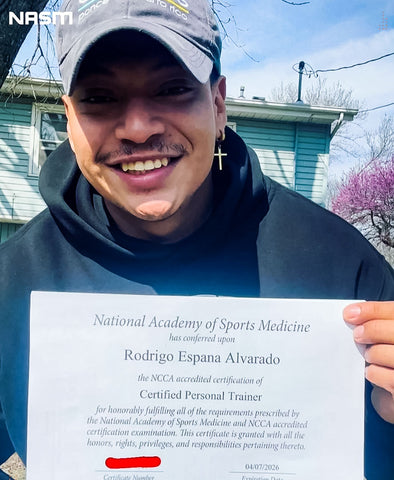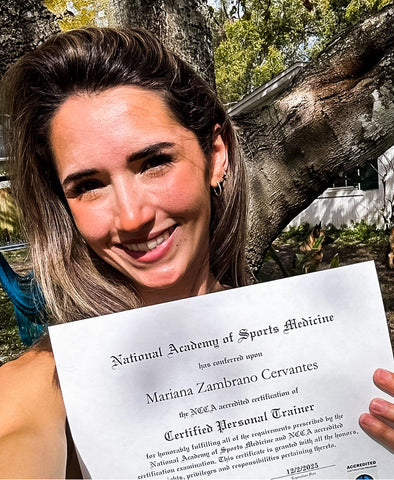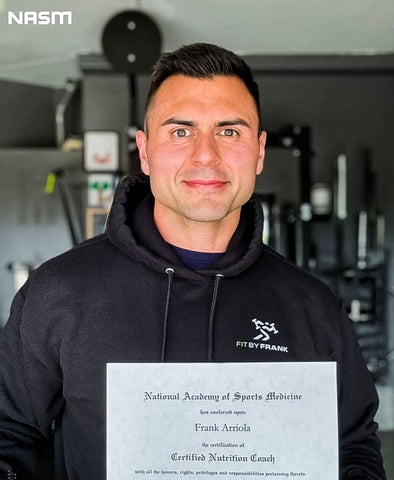Program details
Curriculum
Wellness Coach | CWC
Being our best is more than just fitness, because we train the whole person. If you’re a Fitness Professional, you know the joy that comes from helping others reach their goals. It’s a holistic approach to helping others become their best, most complete selves.
- Online and self paced
- Complete in 6 months or less
- Highlight NPTA offers lower price than NASM
Starting at:
CAD 104.08 / month
12 paymentsFull price
CAD 1249.0
One-time paymentHow it works
3 Steps to Go From Your Desk to Your Dream Job Coaching Clients
Get Certified
Choose from our diverse range of science-based certification programs. All courses are 100% online and self-paced to provide a flexible learning experience.
Gain Experience
Build your resume + confidence as a trainer through NPTA's Apprenticeship program. Gain hands-on experience and learn directly from Canada's top leading trainers.
Make Money!
Now that you’re experienced and job-ready, start maximizing your earning potential. Join NPTA’s affiliate program and inspire others to sign up for our top-tier certification programs. Earn up to $600 for every successful referral.
Hear from our certified trainers
Popular questions
How is NPTA affiliated with NASM?
NPTA is the official Canadian partner of NASM. Our mission is to help our students become NASM-certified personal trainers at the most affordable rate. Upon graduation, NPTA offers an in-person apprenticeship program to assist newly certified in breaking the personal training industry under the guidance of our top trainers.
Is NASM a good certification to obtain? Why?
NASM is an industry leading certifying body within the fitness industry. This is because NASM’s content and theory is rooted from evidence-based training, and peer reviewed studies! If you’re looking to really understand the “WHY” behind fitness training modalities, NASM is the best choice for you.
From a job perspective, NASM has a strong reputation amongst gyms and wellness facilities. Employers are more likely to provide you with job opportunities if they know you’re an NASM certified trainer.
Is the course fully online or is there a curriculum to follow?
Yes, the course is administered fully online and self-study providing students with the most flexible learning timeline.
Students are given 180 days from the date of enrollment to complete the CPT exam. Although, it’s important to note that on average, students complete this course in 4-6 weeks, dedicating ~10hrs/week to studying.
Are there any prerequisites to getting certified?
The only course that has pre-requisites is the Certified Personal Training course.
Before the final examination, a student must:
1. Have a high school diploma or GED equivalent
2. Be CPR/AED Certified
How long does it take to get certified?
NPTA offers a fully remote and self-paced learning approach. So you can complete your NASM certifications in as little as 4 weeks or up to 6 months. Whether you’re a full-time student or working a full-time job, you can manage your study schedule at your convenience
How are the examinations work?
We offer 2 examination options: NCCA Exam or Standard CPT Exam.
The NCCA exam allows you to become an NCCA Accredited personal trainer within the US. This is more important for students who may choose to live in the US at a later point OR may want to work for a higher caliber personal training facility.
This is a 120 Multiple Choice Closed Booked Exam that can either be taken online proctored (meaning you will have someone monitoring you via webcam during the examination) OR In person at an examination centre (You can input your zip code and NASM will find the closest examination centre to you). You only have 1 attempt at this exam and are given 2 hours to complete.
The standard CPT exam is non-proctored and is administered online only. This is a 100 multiple choice open book exam. You are given 3 attempts for this exam and given 3 hours to complete.
A passing grade for either examination option is 70% or higher.
The proctored (accredited) exam, is for those looking to train clients in the future whether that's in a gym setting or privately. The non-proctored (non-accredited) exam, is for those who are taking the course for either their own knowledge or to work in a setting that does not require an NCCA Accredited CPT. What has you interested in being certified?
For the proctored exam it depends which CPT program you choose, the self study includes 1 and an exam voucher can be added later if needed. For the non proctored exam you have 3 attempts
For more information on how to book your exam: https://www.nasm.org/certified-personal-trainer/exam-info
Do you offer custom course bundles?
Yes! Please reach out to info@npta.ca indicating the courses you are interested in and a team member will provide you with a custom quote with the best price available.
Is there any financial assistance available?
We understand the cost of your education can be a concern, but we don’t want you to compromise quality for costs. NPTA has partnered with Elective to offer flexible payment plans with zero interest or hidden fees.
What employment opportunities do you offer??
After graduation, students can join the NPTA Apprenticeship Program for hands-on experience. Upon completing the program, students have the opportunity to interview for a junior trainer position at Fit Integrated Wellness.
If you're looking to make money instantly - join our affiliate program! Help inspire future trainers and make 15% commissions for every course you sell (Up to $600/sale)
Want to personalize your certification path?
Contact us to create a custom bundle tailored to your goals in nutrition, personal training, or specialization.



